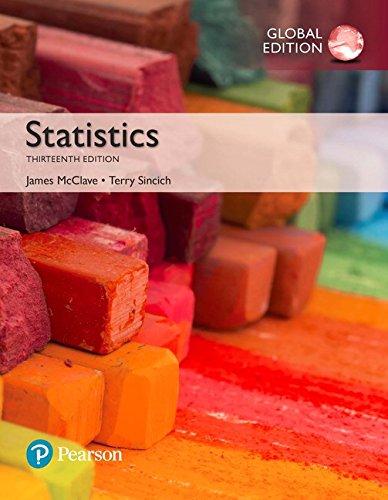Thickness of dust on solar cells. The performance of a solar cell can deteriorate when atmospheric dust
Question:
Thickness of dust on solar cells. The performance of a solar cell can deteriorate when atmospheric dust accumulates on the solar panel surface. In the International Journal of Energy and Environmental Engineering (Dec.
2012), researchers at the Renewable Energy Research Laboratory, University of Lucknow (India), estimated LO9
the relationship between the dust thickness and the efficiency of a solar cell. The thickness of dust (in millimeters)
collected on a solar cell was measured three times per month over a year-long period. Each time the dust thickness was measured, the researchers also determined the percentage difference (before minus after dust collection)
in efficiency of the solar panel. Data (monthly averages) for the 10 months when there was no rain are listed in the table.
a. Fit the linear model, y = b0 + b1x +
e, to the data where y = efficiency and x = average dust thickness.
b. Evaluate the model statistically. Do you recommend using the model in practice?
Month Efficiency
(% change)
Average Dust Thickness (mm)
January 1.5666 0.00024 February 1.9574 0.00105 March 1.3707 0.00075 April 1.9563 0.00070 May 1.6332 0.00142 June 1.8172 0.00055 July 0.9202 0.00039 October 1.8790 0.00095 November 1.5544 0.00064 December 2.0198 0.00065
Step by Step Answer:






